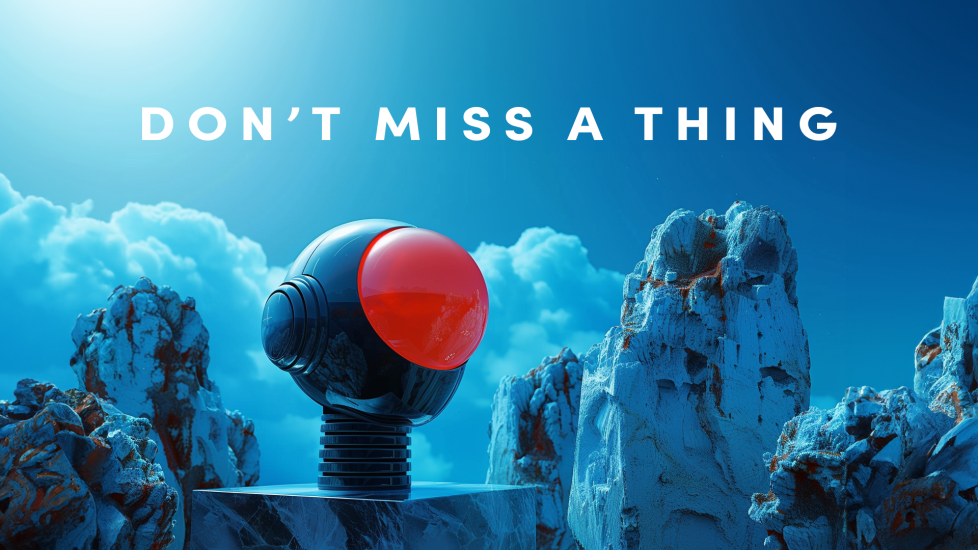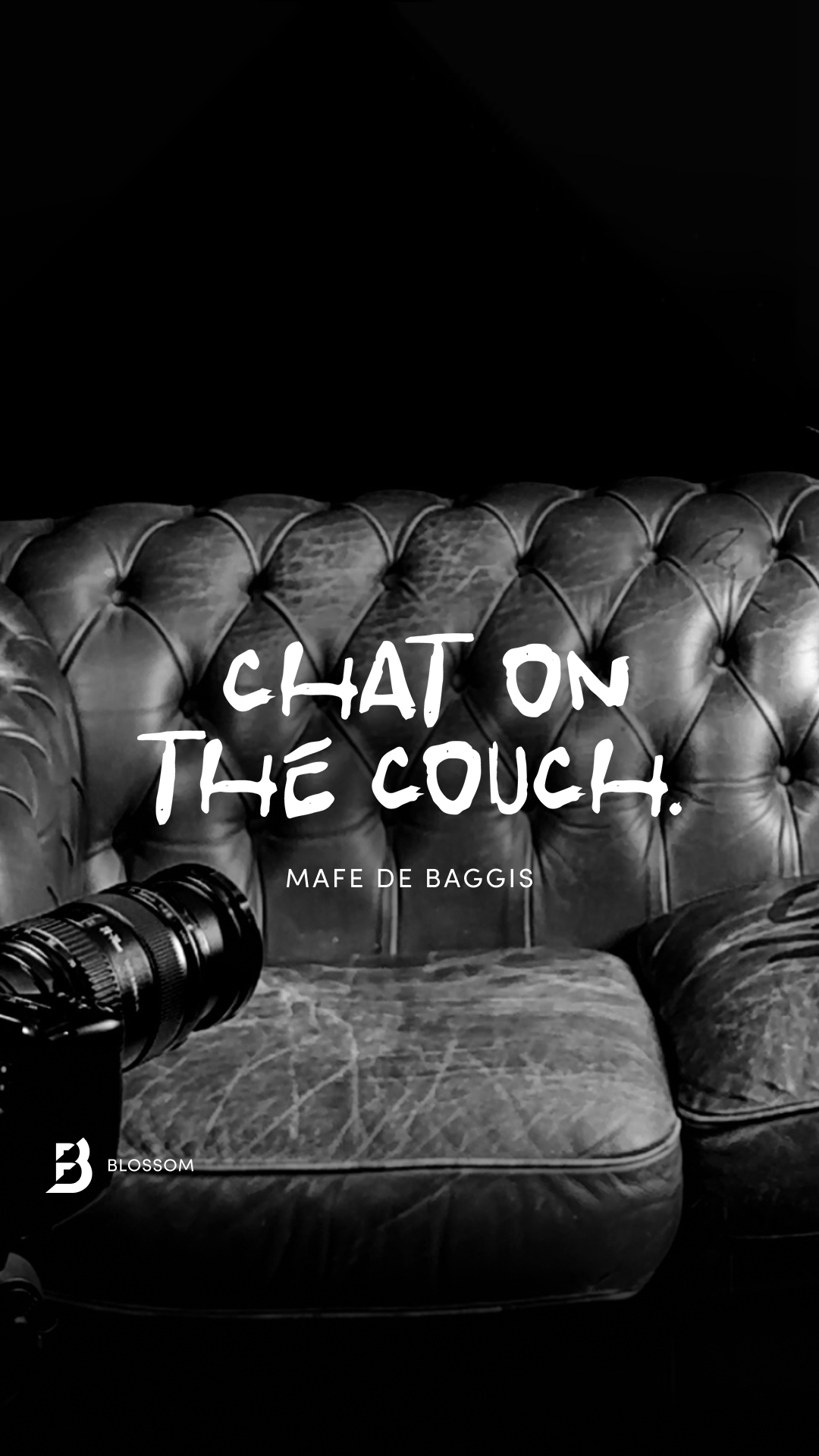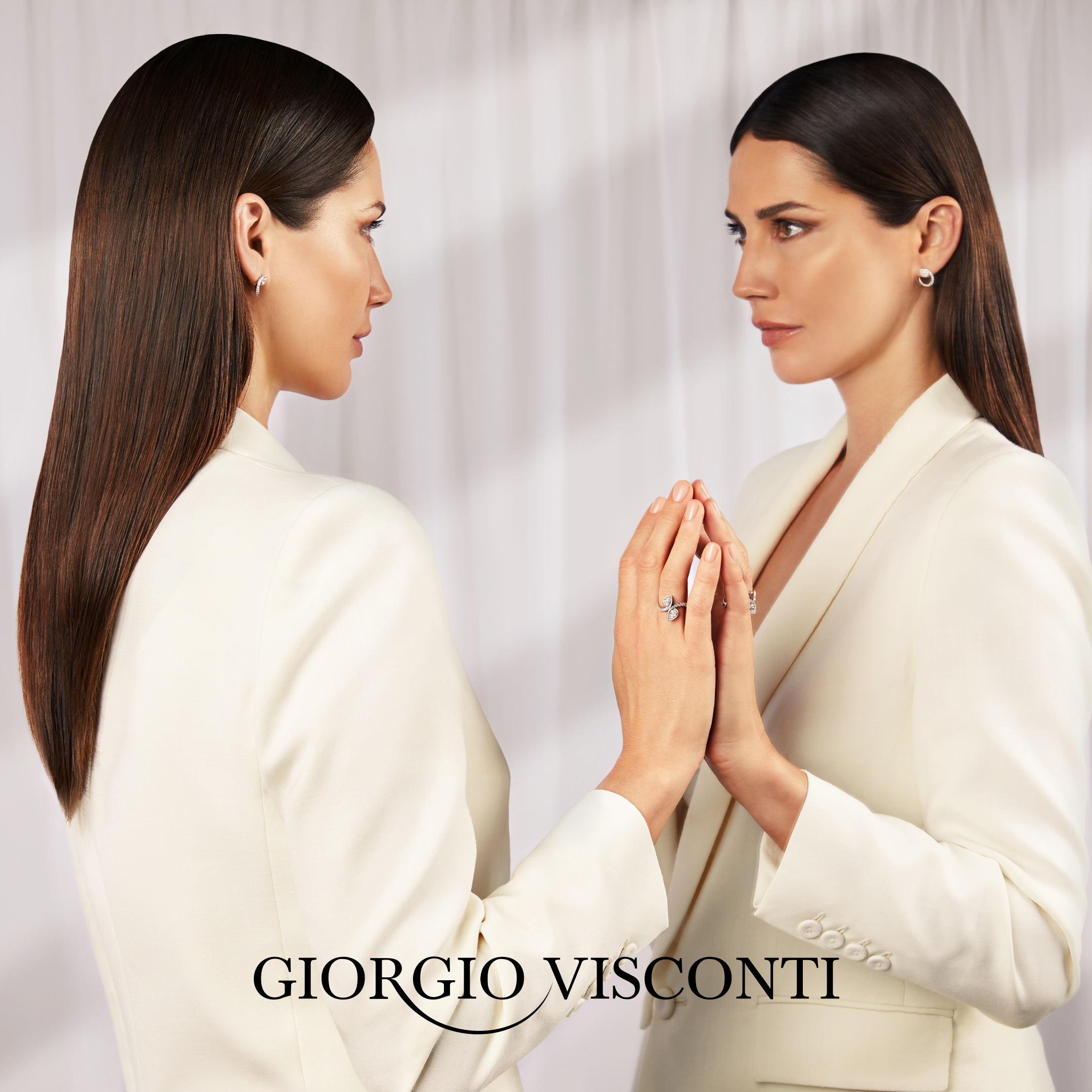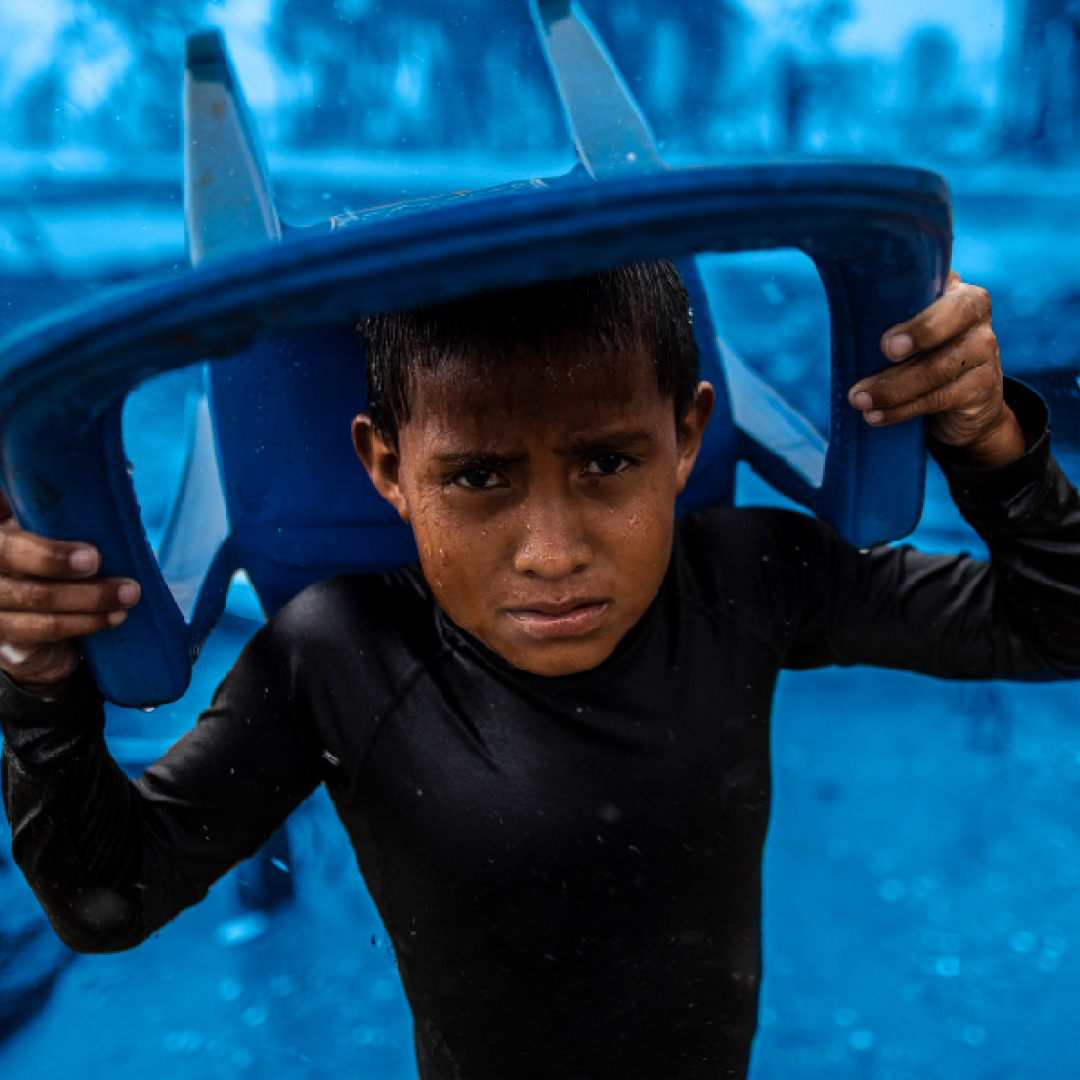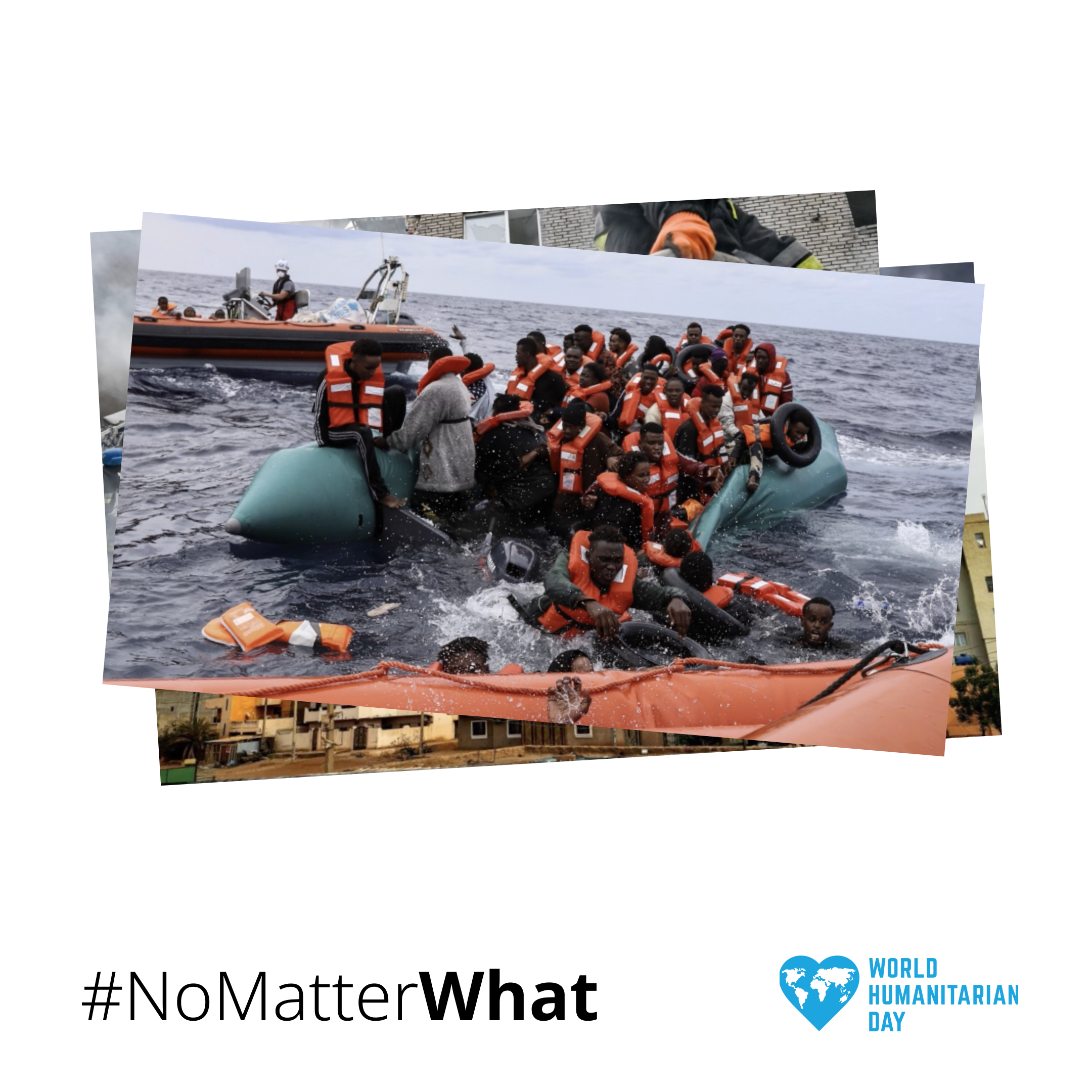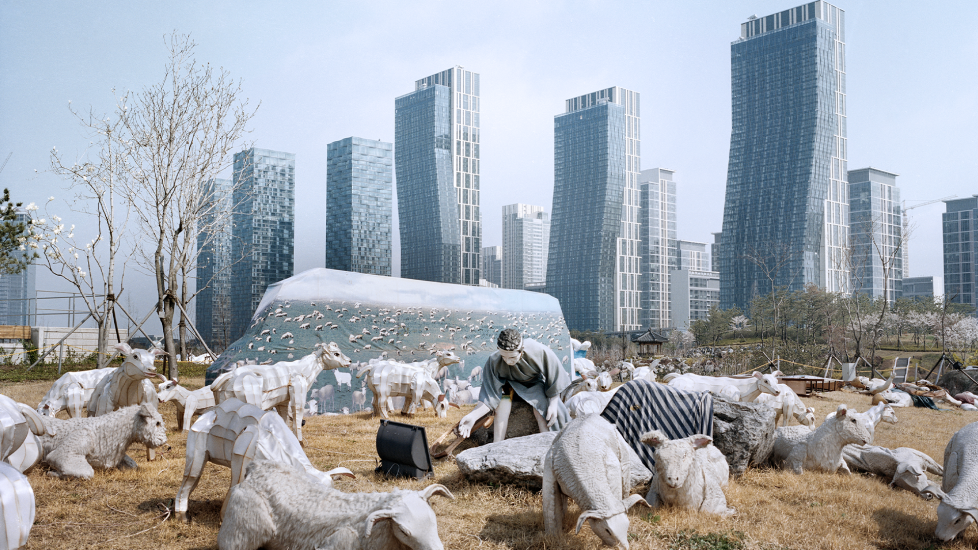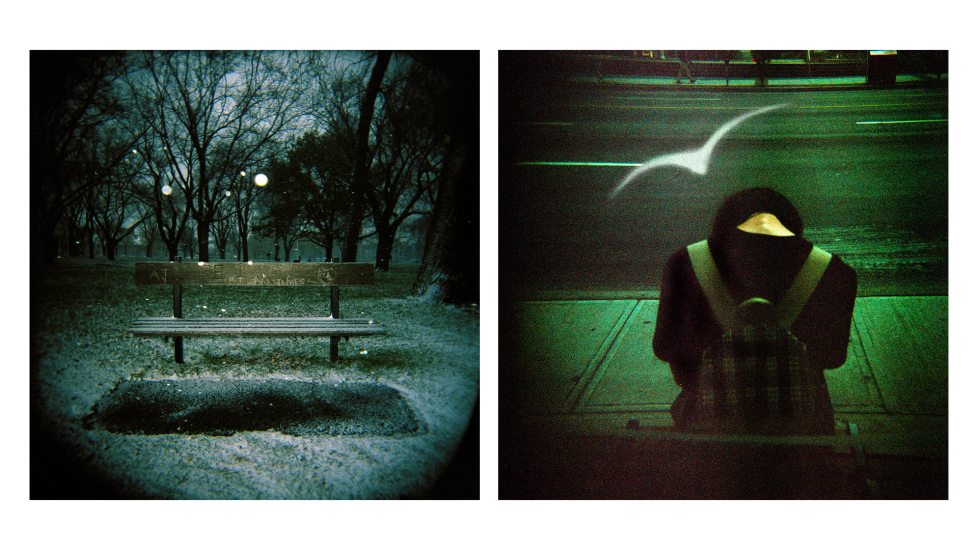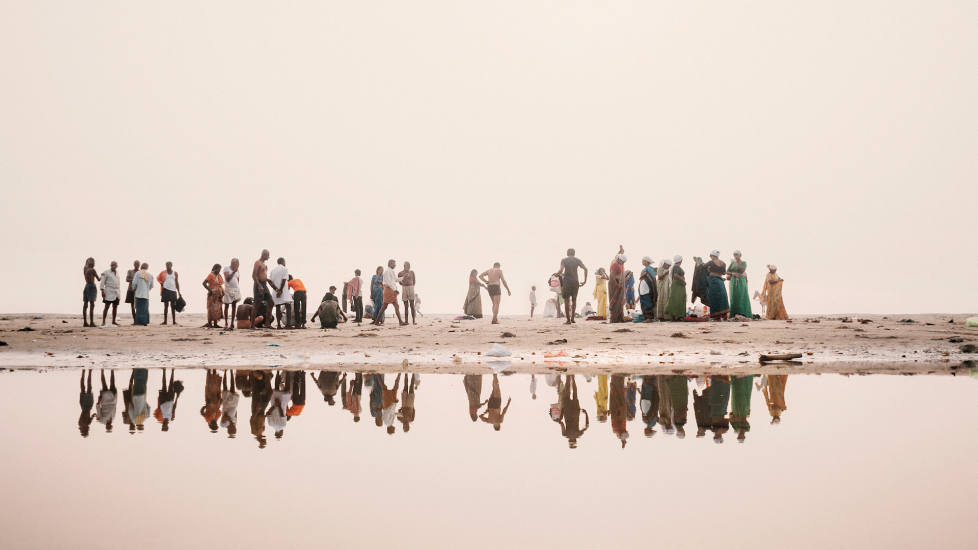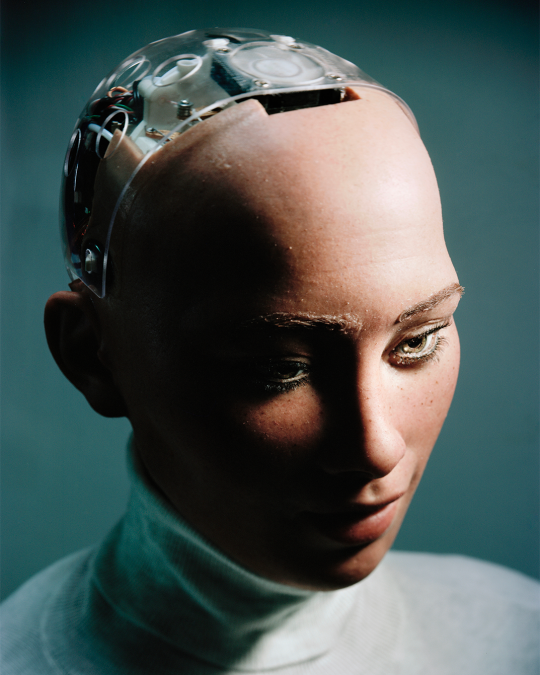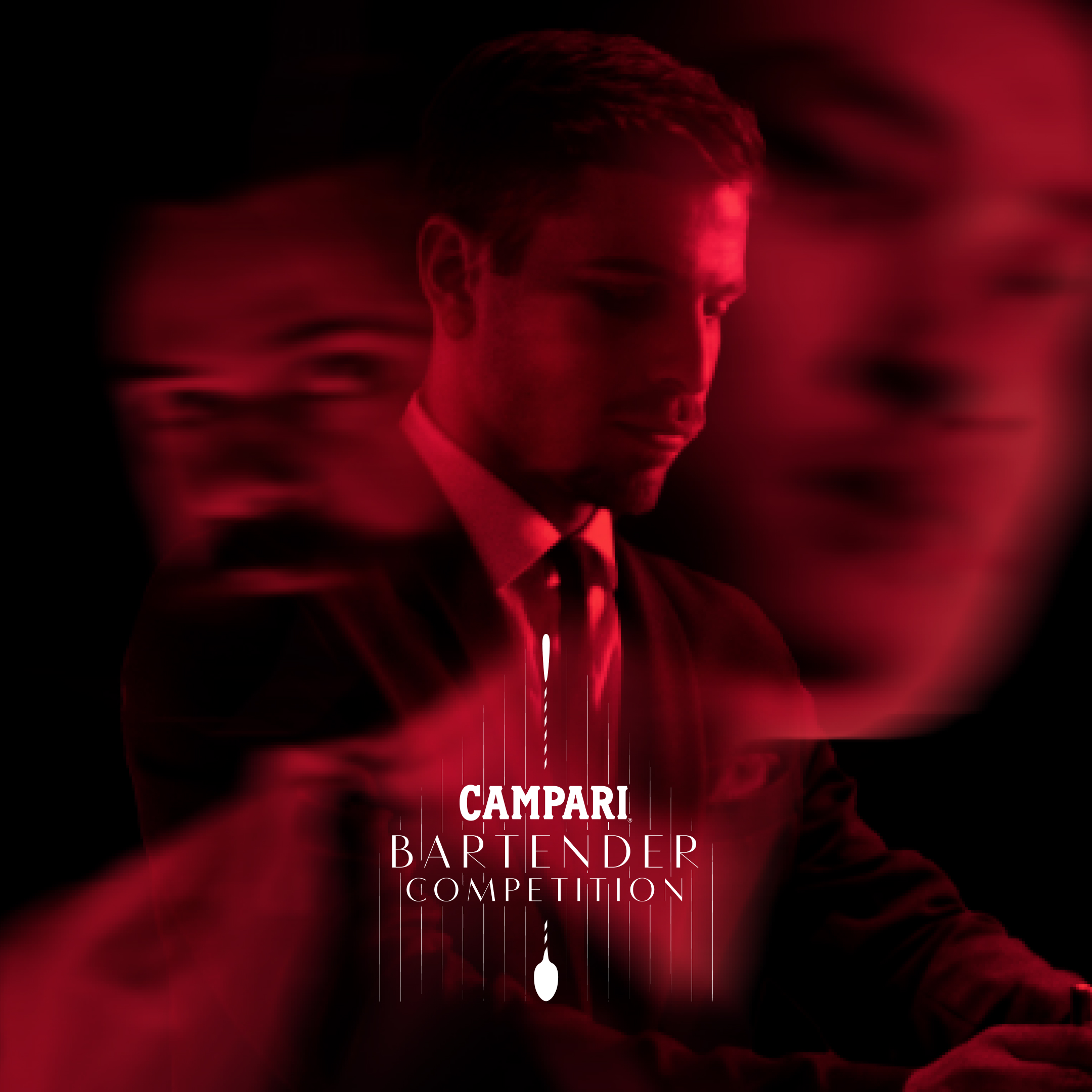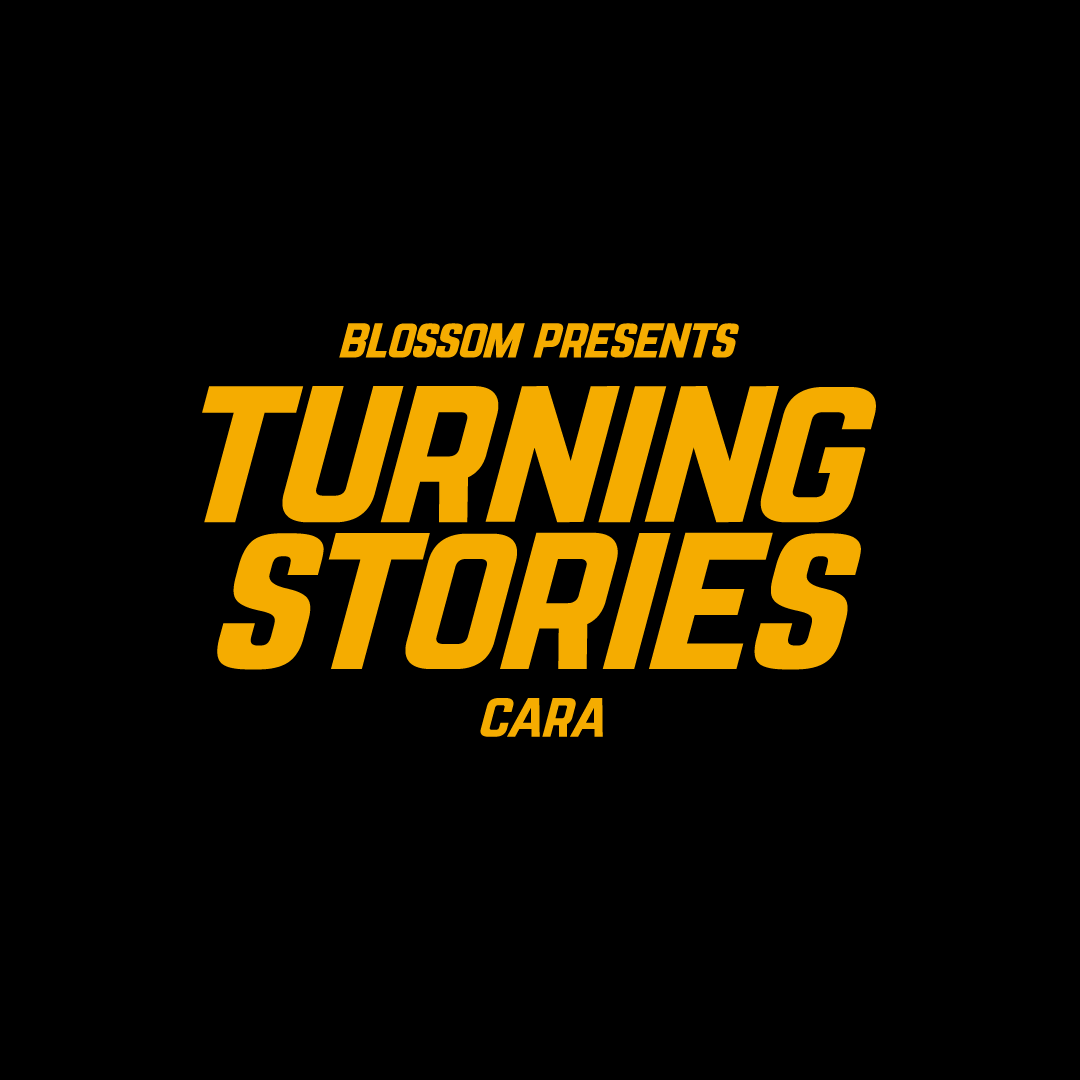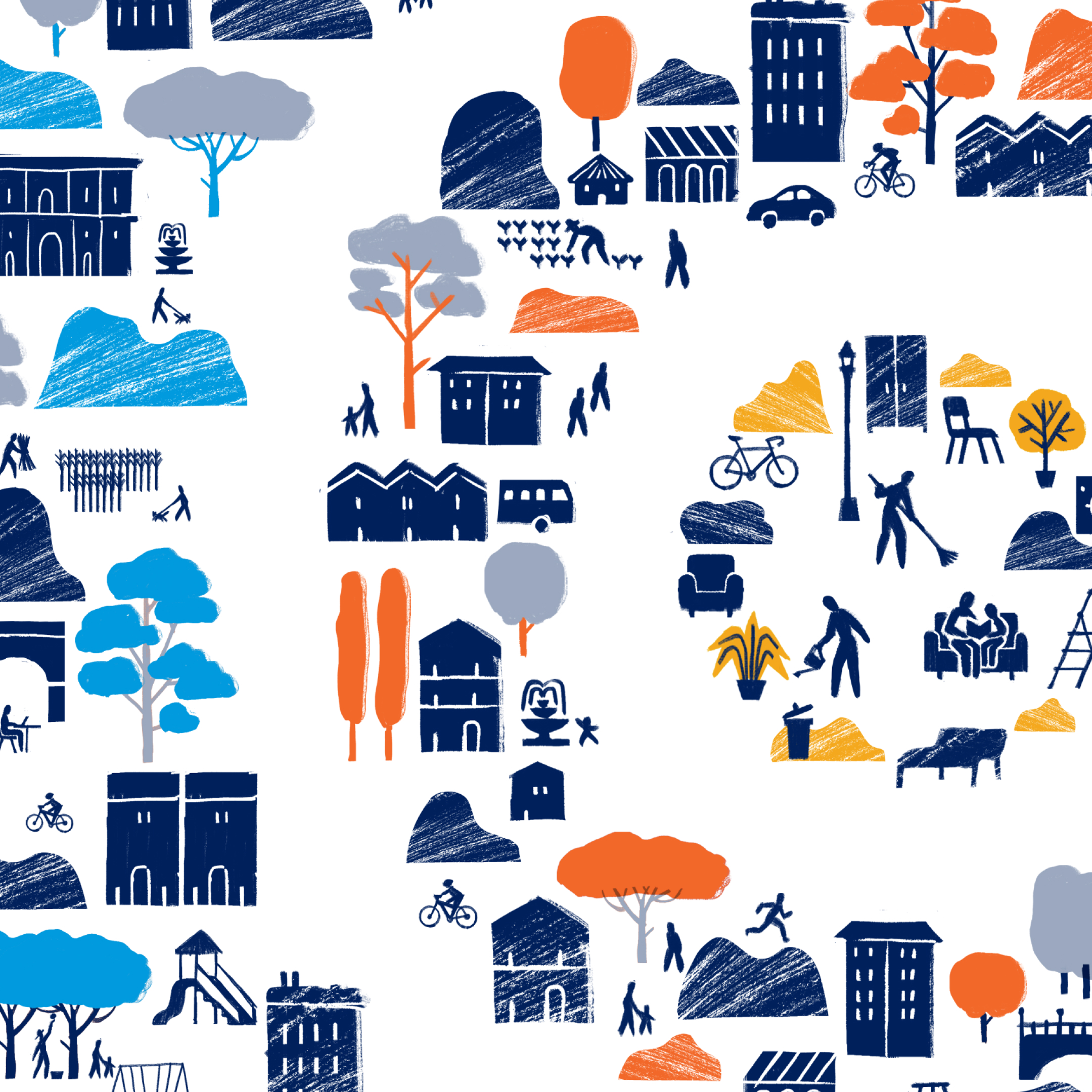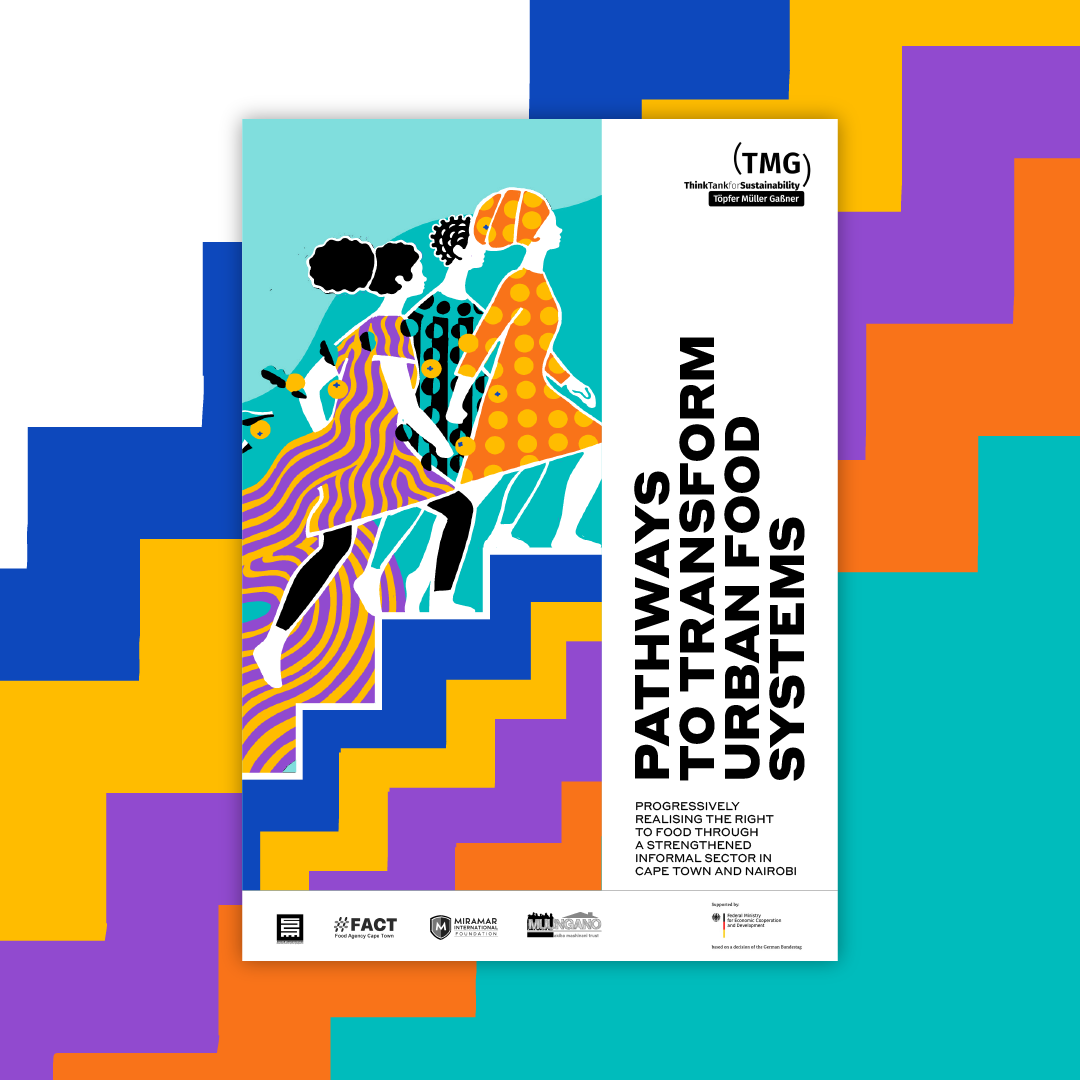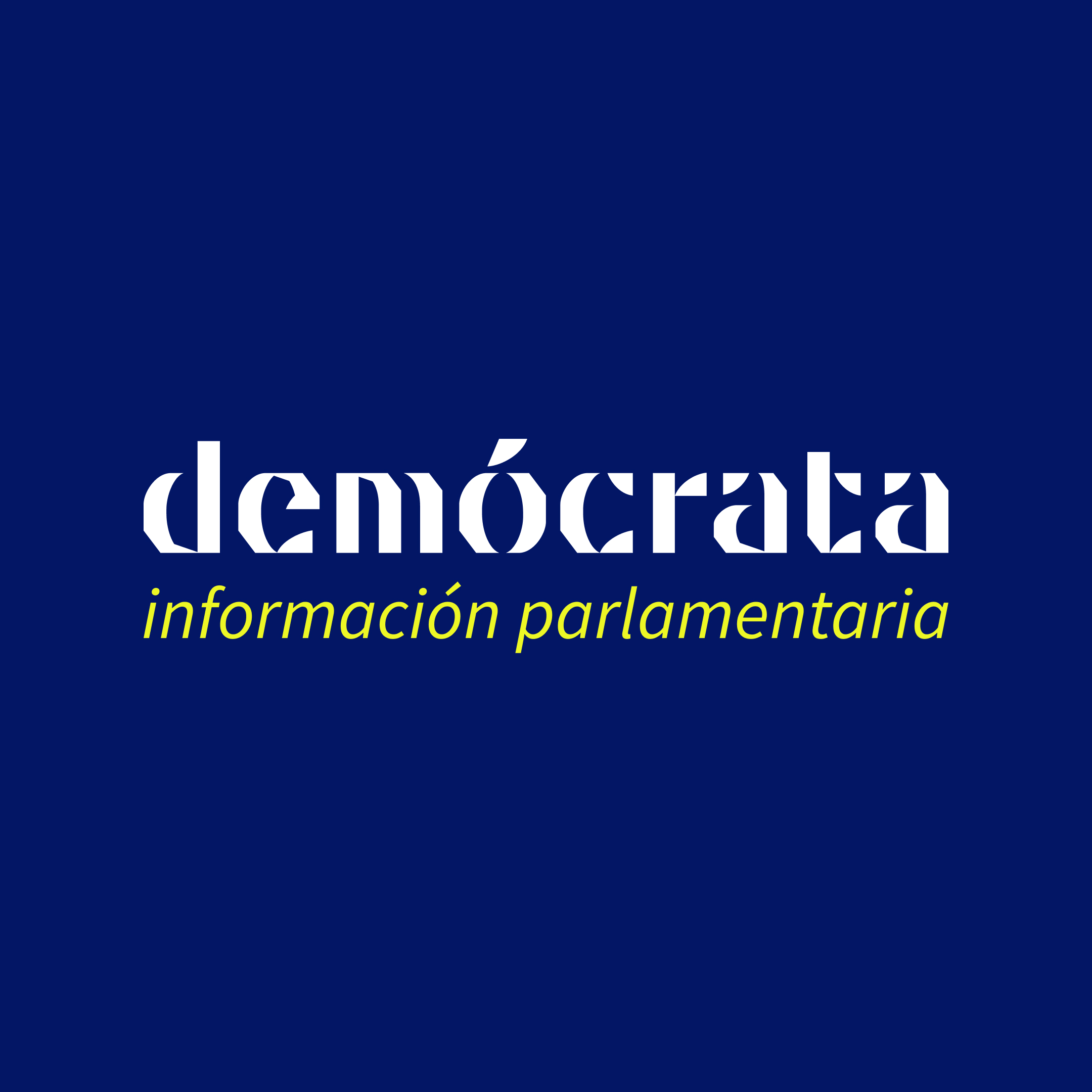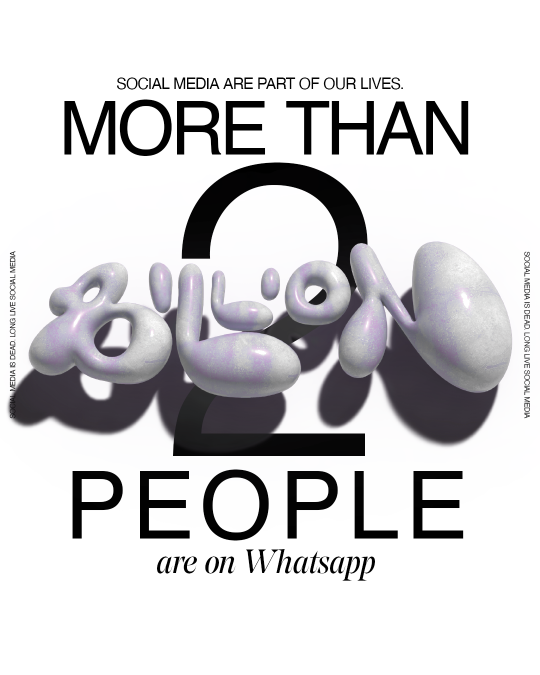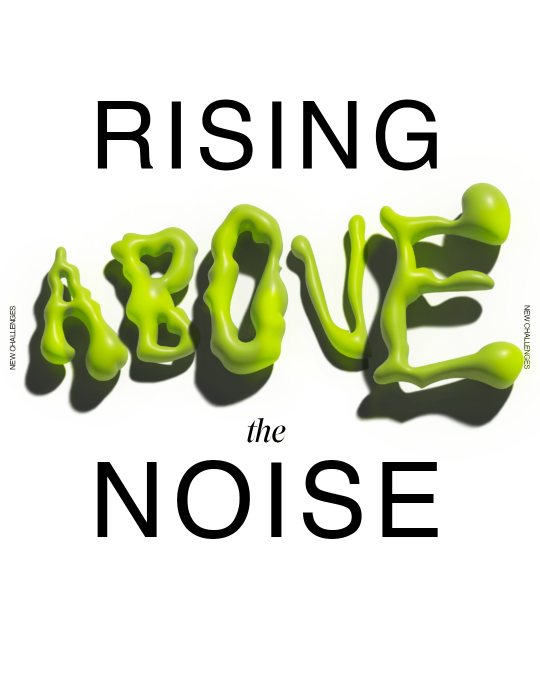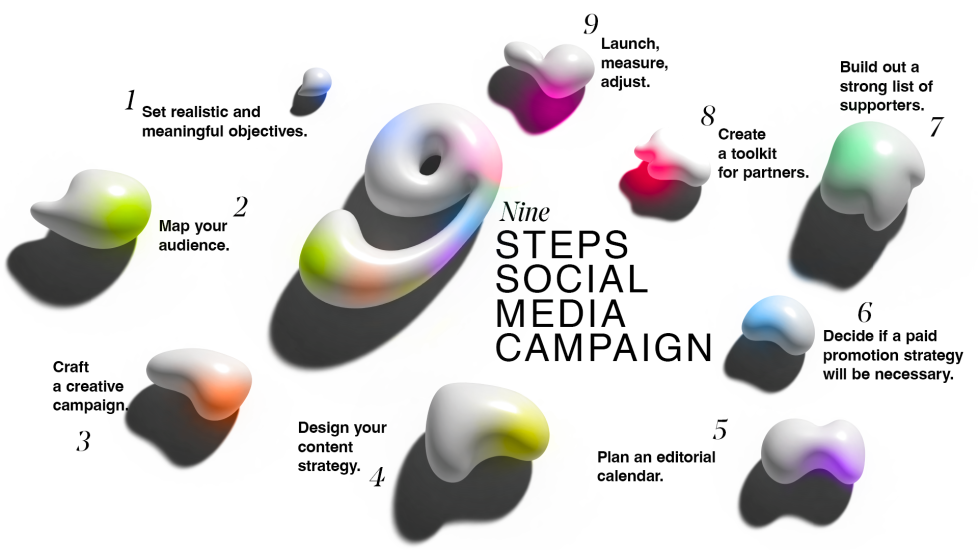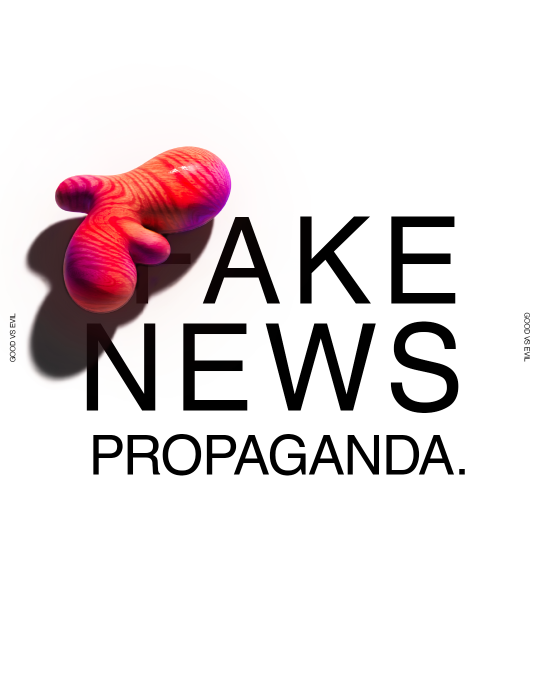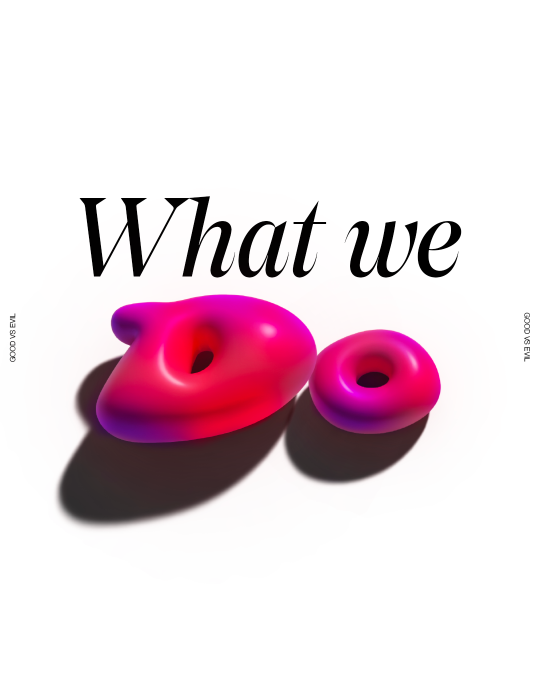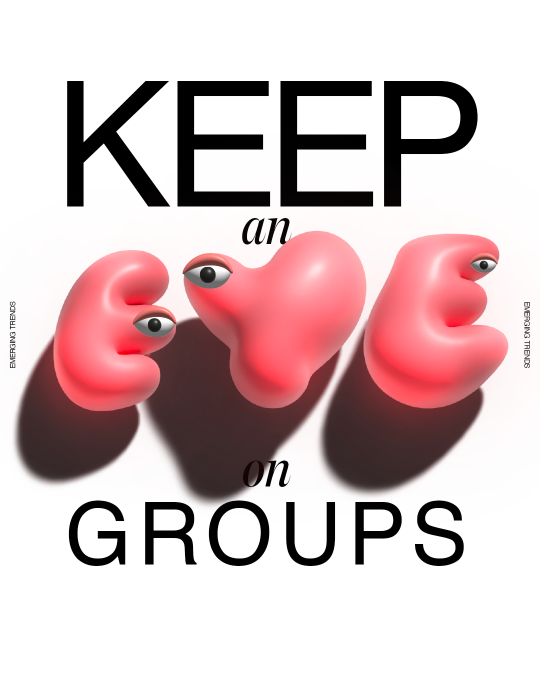From a passion for skateboarding to working for high fashion brands, all while delving into fanzines, photography, impromptu travel, record covers, and a surprise meeting with Lou Reed. An interview with a graphic designer who believes anything is possible, as long as you have the right soundtrack.
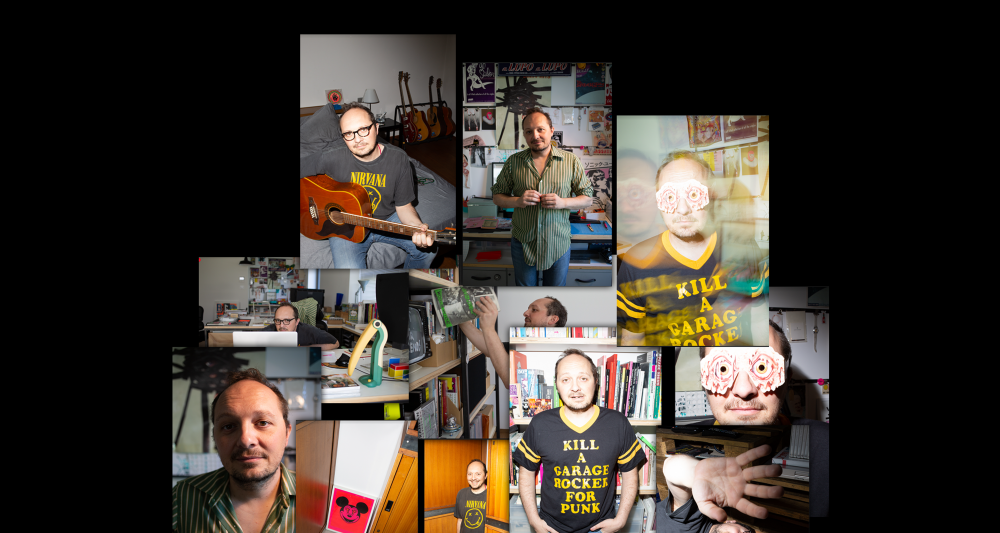
Paolo Proserpio is a graphic designer, photographer, creative and big music lover. When we arrived at his house, Leo, the dog, introduced us to his new studio.
There are many reasons why we chose to meet with Paolo and ask him a few things. The first – and perhaps most obvious – is that his screen printings are the only posters hanging at Blossom. And we know we are not the only ones who love them…
Q. I guess a lot of people have been saying to you lately, “I saw one of your screen printings in the Ferragnez’s house. Are you a sell-out now?” You’ve been doing this job for so many years, what is your answer to that?
A. My answer is that I don’t know how one of my screen printings got to their house (maybe they got it from Le Grand Jeu in Paris, but I’m not sure!). But I’d also add that if people who have a Keith Haring or a Berry McGee, or whatever in their house, choose one of my screen printings, I’m happy. And that’s it.

Q. After all, you have always mixed mainstream and underground culture, haven’t you?
A. Yes, it’s never been a problem or a limitation. I have nothing against those who are super purists. However, I don’t experience it as a contradiction. For many years I worked at Versace and, at the same time, I was doing independent record covers and taking pictures of bands for magazines in the underground and non-underground music scene.
Q. Ok, so about that. How did you go from designing punk record covers for your high school friends to high fashion show invitations?
A. It’s all connected; it’s a long story that started in the 1980s.
Q. Can you tell us about it?
A. Yes. It all started in 1989 with Back to the Future. Part Two. In the movie, the main character, Marty, is a skateboarder. I saw him and I wanted to skate too. But in Desio (a provincial town in Brianza, Paolo’s hometown) not many people were doing it. Then one day while I was skating around, I saw someone on the street with a board and I chased after him. And that’s when it all started.
Q. What exactly started?
A. I found out that there was a group of kids who didn’t necessarily listen to Jovanotti or Guns’n’Roses or Vasco Rossi. I discovered a lot of bizarre things and freakish people. I met the Formenti brothers from Seregno, who used to publish a skate magazine (I still have copies of it today). I discovered stickers, board graphics, punk and rap… It was a whole new world for me.
D. A community in which you finally recognised yourself?
A. Well, yes… but don’t get me wrong. I’m not “Jenny from the Block”; it’s not like I come from the ghetto (he laughs). My family is very normal and I never wanted to rebel against the system… It’s just that skateboarding, for me, has always meant total freedom.
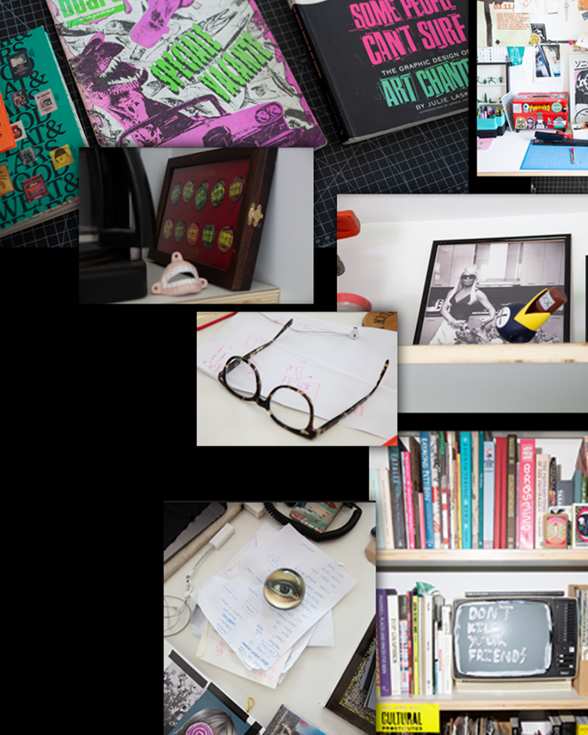
Q. And how did you then transition into fashion?
A. Uh, so … there are three basic steps here: the official discovery of the work of graphic design, photos at concerts, and Coachella.
Q. That sounds interesting. Let’s start with the first step: the reason you are a graphic designer.
A. I was doing the Academy of Architecture in Mendrisio, Switzerland, without any kind of enthusiasm, and my “saintly mother” – who is, in fact, alive, ok? I say that because when I call her “saintly” people tend to offer me their condolences — my mother said to me one day, “You flunked a thousand architecture exams… could it be that those things there, the records, that stuff you do until 5 a.m… is that the work you want to do”? It was actually true. I had started doing some drawings and collages for records and flyers, and I put so much passion into it. But I didn’t know it was called “graphic design.”
Q. In what sense?
A. In the sense that when I went to IED to enroll, I had prepared some of my work and introduced myself as an illustrator, but they told me that what I was doing was not illustrating. They put me on the right path and kind of saved me.

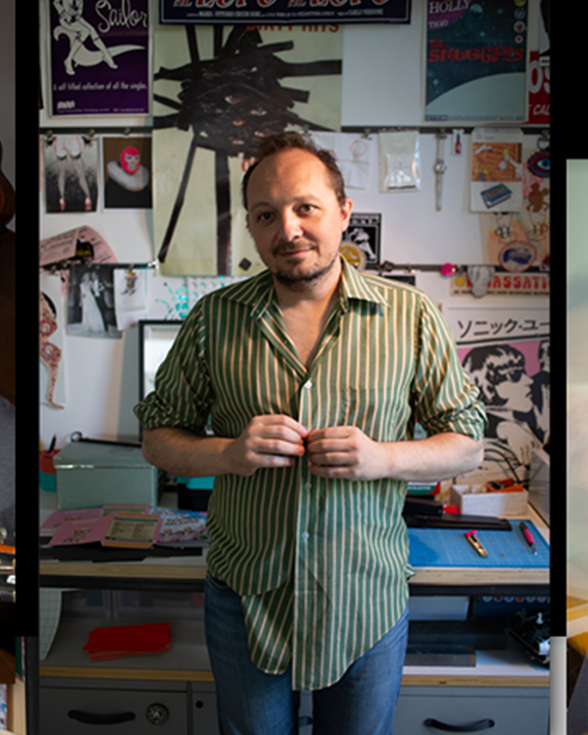
Q. What about photos at concerts? When did you start taking those?
A. The photos happened early, almost immediately. But they became a gig when my dad gave me a Sony Mavica, one of the first digital cameras, the one that worked with floppies. I still have it! I used to take pictures with it at every concert and send them to the papers the next morning. That’s how I started working with Rumore, Rockstar, Rocksound, an American photo agency (Retna) and even MTV…
Q. You call it a gig, but you actually have an archive of photos with some of the biggest music stars of the 1990s and 2000s. Do you have a favourite shot?
A. No, maybe not a favourite. I have a lot of crazy stories about those shots, though. For example, in 2004 I was at the Benicassim Festival and I needed to pee badly. At one point I saw a door that had a “do not enter” sign, so I thought for sure there was a bathroom in there. I opened it, and when I went in I saw Lou Reed alone in the middle of the room with lots of chairs and that’s it. It looked like a performance! I went in, took a picture, and immediately the security guy sent me out. In short, just because I was looking for the bathroom, I have a close-up of Lou Reed …
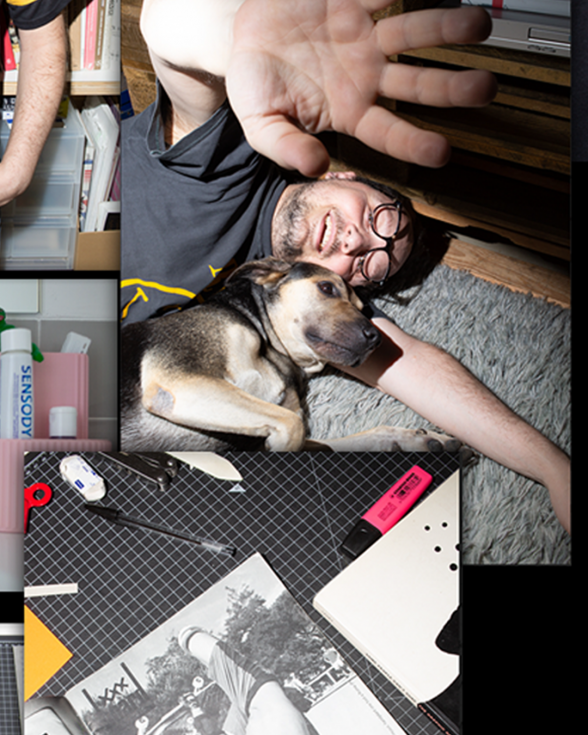
Q. In addition to your photos, among your milestones you mentioned Coachella. Why?
A. Oh yes, because while I was in my last year at IED in 2002, my very dear friend Cristiana Paolucci (a.k.a. Nanà) – who used to work for MTV and is unfortunately no longer with us today – wanted to go to Coachella to see the Strokes. I immediately said, “No, I have to do my thesis. I can’t go.” So what does she do? She booked me a flight and told me three days before… of course, I went with her. There were a number of things that happened during that trip — we didn’t even have accreditations — but we managed to get in and I spent three crazy days there. Besides the concerts, I saw Vincent Gallo, hugged Tim Burgess of the Charlatans, and hung out at the bar next to the Chemical Brothers…
Q. What does this have to do with your becoming a graphic designer for the fashion industry?
A. It’s pertinent because while I was away, I found out that I had missed the Versace interviews for the IED students. When they told me about it, I thought, “No problem. I’ll call them.” I was super confident at that moment. I mean, I had just been to Coachella and I had seen Bjork playing onstage with Matmos and her baby bump (she was expecting her daughter Ísadóra, also Matthew Barney’s daughter!). So, you know. I was so sure of myself that they hired me.
Q. What did you discover when you started working as a graphic designer for fashion brands?
A. During my first experience in the magical world of fashion, it was 2001 and I was in London at Gucci (with Tom Ford). I discovered that I couldn’t just take markers and scratch out a logo because that’s how I liked it. If I liked gray, everything couldn’t just be gray. I learned that I had to understand brand values and themes. In 2002, I started working for Versace, and despite all these years designing the mythical Medusa, I’m not a Versace man at all, as you can see. I don’t wear zebra-striped clothes or the baroque style… but it doesn’t matter. I learned to love the brand for what it wants to express, to truly look and see a lot of different things and deal with complex work and huge productions on a global scale. I’ve learned to accept challenges.
Q. How does this world coexist with your personal work?
A. It coexists very well. Because one day you’re doing a completely baroque catalog for fashion and three hours later you’re doing, I don’t know, a record by a group that does experimental jazz music. And you never get bored. And by mixing all this stuff together you discover that certain things work out. Because in the end, you are still you and, when you see different pieces of work next to each other, you realise that they come from the same set of hands: yours.
People imagine that if you work at Versace, you’re out at night with ten models doing drugs, when in fact you’re out on a walk with your dog in Desio. Or at least, that’s what I did.
Q. Does your true passion remain the same, though?
A. The things I’ve tried to do the most are music-related jobs because there really is nothing I love more. It is what I love; the skeleton that holds everything together. For me, it all came from there and it goes back there. When I hear a record, I know exactly what the cover looks like. Because music is always there, but for me, fashion is too. And I admit that I like certain bands because of all the things that revolve around them: the way they look, the way they move, the way they dress, their merchandise, how they set up the stage, how they’re photographed… yes, I love being a part of that, and I love creating an image for music.
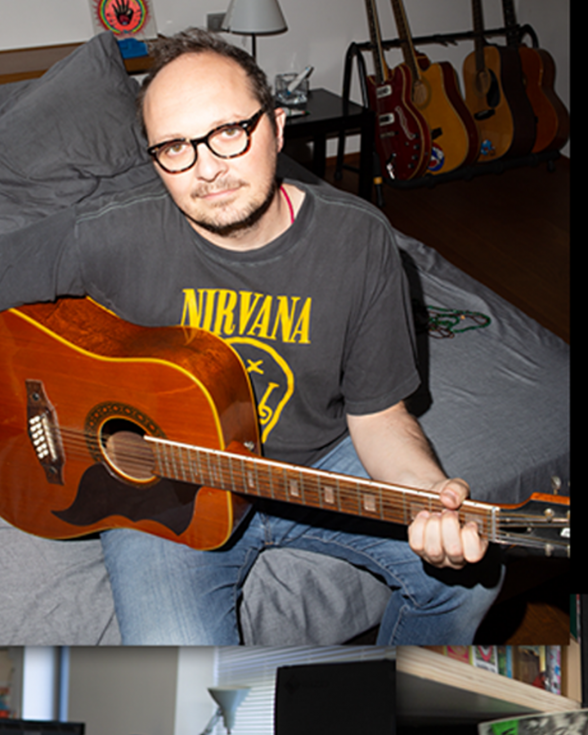
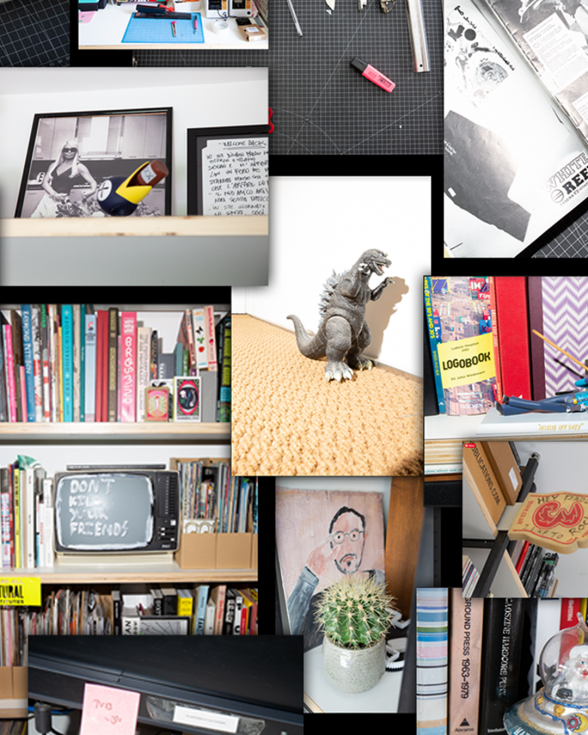
Q. And why do you often choose independent artists?
A. I’m not one of those people who say, “If you’re famous, you disgust me.” It’s not that if you are playing San Siro, I don’t like you anymore. But underground artists have a big advantage: they’re free. They have no pressure or constraints. They are fresh, out of control. They can do whatever they want, sometimes they say things that are normal, sometimes annoying, sometimes unconscious. And to me, that’s cool. Because then the artists, the illustrators and the independent graphic designers will give you inspiration that adds to your work for a big brand. I’ll give you an example: you see, I don’t know, a brochure that is folded in a certain way. You see it done by hand and then you try to transfer it to large-scale production where maybe you can even improve on it.
Q. One of your strengths has always been the fact that you are quite practical. You have always been very into the texture of things. I know, for example, that you folded the covers of some records by hand, one by one. Also, you don’t just have a computer here in your studio; it’s full of tools.
A. My interest in the feel of materials has always come from skateboarding. With skateboarding you fall, you get hurt, you assemble and disassemble the board and the ramps. Also, my grandfather was a carpenter and my dad was a plumber his whole life. I made all of my first skate ramps with my dad. So the physicality, in my opinion, comes from there.
Q. And is it because of this need to “work with your hands” that you started making screen prints?
A. I started doing screen prints because working for clients is wonderful, however, sometimes it isn’t. Sometimes it’s nice to do things without a brief, to do things that are out of control. I really like the fact that with screen print colors you produce a graphic in a series in which there is always the unpredictability of error.
Q. And how did you learn to make them?
A. The interest started when I wanted to print T-shirts and posters. In 2004, I went to San Francisco and Chuck Sperry of Firehouse explained everything to me about poster-art and screen printing. Then, for twelve years every summer, I took workshops at the Central Saint Martin School Of Art in London where they have courses related to printing and basic screen printing on paper and fabric as well as “Advanced Screen Printing Frame Preparation” at East London PrintMakers…. in short, very nerdy stuff. Three of us students enrolled.
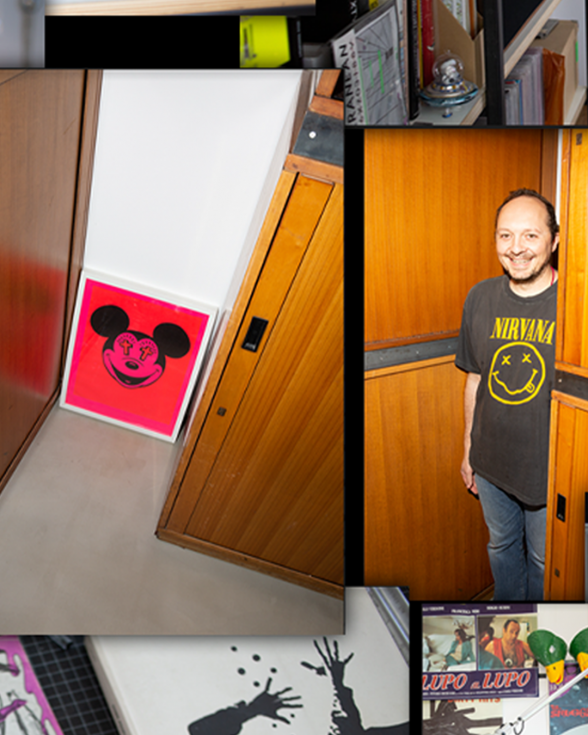
Q. This need to express yourself freely is something that we might call an artist’s attitude. What is your reaction to that?
A. Artist no, I don’t feel like one. I could tell you that there is artistry in what I do, at best. For me, someone who is an artist is someone who doesn’t have to justify in any way what s/he does, someone who makes a hot dog statue and doesn’t give a damn whether it will rot or whether people will like it or not. For those who do marketing and communications, it’s different. I, for example, feel free, but in my mind it’s like I’m my own client because I’m always trying to give myself an explanation. And, by the way, the only one who calls me “the great artist Paolo Proserpio” is Auroro Borealo!
Q. One of the many intersections in your life journey is Blossom.
A. Yes, Giacomo (Frigerio) is my age. We were part of the same crowd for a long time and we were in the punk rock business. In those days, there was no Internet and we’d always see each other at the same concerts. We had the same interests and slowly got to know each other. Today, I admire his courage; he built a big thing with a lot of responsibility.
Q. As you may know, the purpose of Blossom is “We fight for Beauty, to make the world a better place.” What is beauty to you?
A. For me, universal beauty and ugliness do not exist; it is something that evolves, even from day to day. Let me give you an example: if this chandelier, which I like very much, fell on you and killed you, when I see it again I will probably say, “I like this chandelier a little less,” right? Then, maybe in 20 years, I’ll forget that it killed you during the interview and say, “Wow, this chandelier is really cool.” That’s it. This also applies to cities, to food, to records… because taste evolves! Think about when we see our pictures from 20 years ago and say, “Look how badly I was dressed!” Or when you think of bands you listened to when you were a teenager and say, “That was total crap!” Then, if the most creative thing a person has done in life is to watch Big Brother, I think that the things he or she will think about or produce, unfortunately, will only be drawn from there, so the result will have limitations. This is to say that, in my opinion, beauty comes when you have different influences, which also simply means that you have observed and assimilated a lot. And, therefore, whatever you produce has something behind it or some research; it is something deep that is, in fact, your whole cultural background.
Q. And how do you renew your cultural background?
A. I like to watch a lot of things, sometimes even to learn what should not be done. And, I don’t know, if I see a TV show and I like the opening title, I take note by snapping a photo with my iPhone. Then there are things that I watch more often because I’m a mega fan of them. For example, I like Art Chantry so much – he’s a graphic designer who does crazy packaging where the analog part is handmade and very present. He’s the one who did Louder than Love by Soundgarden and worked for The Mono Men, Sonics, Mudhoney for SubPop and Estrus Records. I would love to go and meet him in Seattle. There are others I admire, though: Vaughan Oliver (with whom I did a workshop in London, but who passed away in 2019) Stephan Sagmeister, Robert Beatty, Swifty, Broken Fingaz, David Carson, M/M Paris…

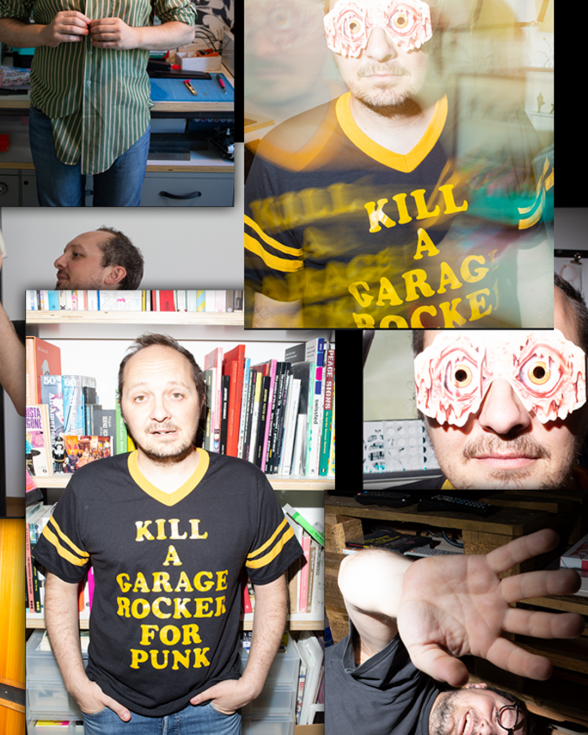
Q. You have been a lecturer at IED for over 20 years. What is your advice to people who would like to be designers or graphic designers? Which definition do you prefer?
A. I prefer graphic designer because a designer sounds like a person who makes three-dimensional objects, like a chair or a bag. Whereas, to me, a graphic designer evokes more flat things…even though packaging is not flat…Well, I prefer graphic designer.
Q. So what is your advice to someone who wants to be a graphic designer?
A. The first thing is that you have to be brave and figure out whether you really want to do this job. If you are willing to do anything to discover new things, if you buy books, browse for hours, search on Instagram… not because you impose it on yourself, but because it’s the thing you like to do most, because you have a crazy thirst for everything that’s going on in this industry! Also, I recommend starting to get your hands dirty right away. So, if your cousin has a pizza place and asks you for business cards? Do them. And I hope you get them all wrong and realise the mistake you made, so when you make them for Nike they will be perfect. Because with a few tools you can make cool things, and you can always experiment with the small things because you are freer…. but I’ve said that before. Ok, I’ve been rambling, sorry. Shall we go and make a plate of pasta?
And so we move over to the kitchen. And before we put the water on to boil, Paolo puts on Milano, the record by Daniele Luppi & Parquet Courts, and brings us the catalogs of his photo exhibition, Thank God I’m a Graphic Designer, 1999-2009. Ten years of Rock ‘n’ Roll Photos. The music is on, he cooks, we go over the best concerts of the 1990s and 2000s, and we think about how much passion it takes to “not be an artist.”
All of the photos in this article were taken for Blossom by Ray Banhoff, a writer and photographer who grew up in Tuscany. To find out more about him, this is his newsletter and Instagram profile. And here is Paolo Proserpio’s profile.


